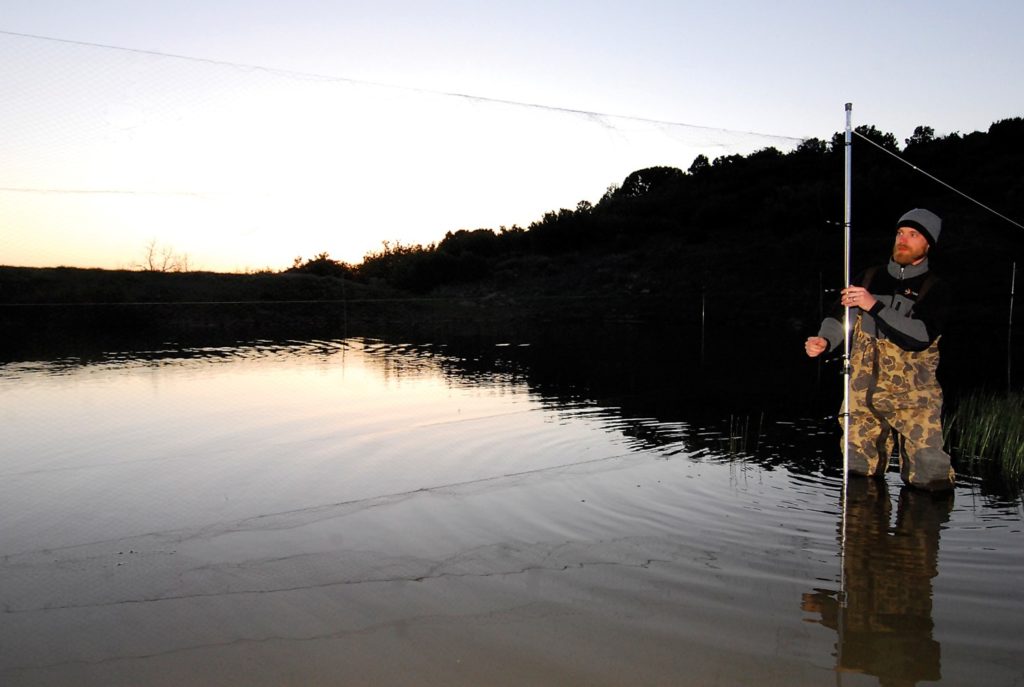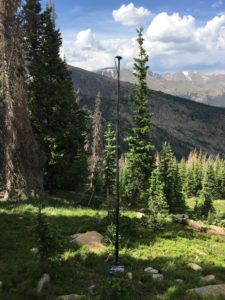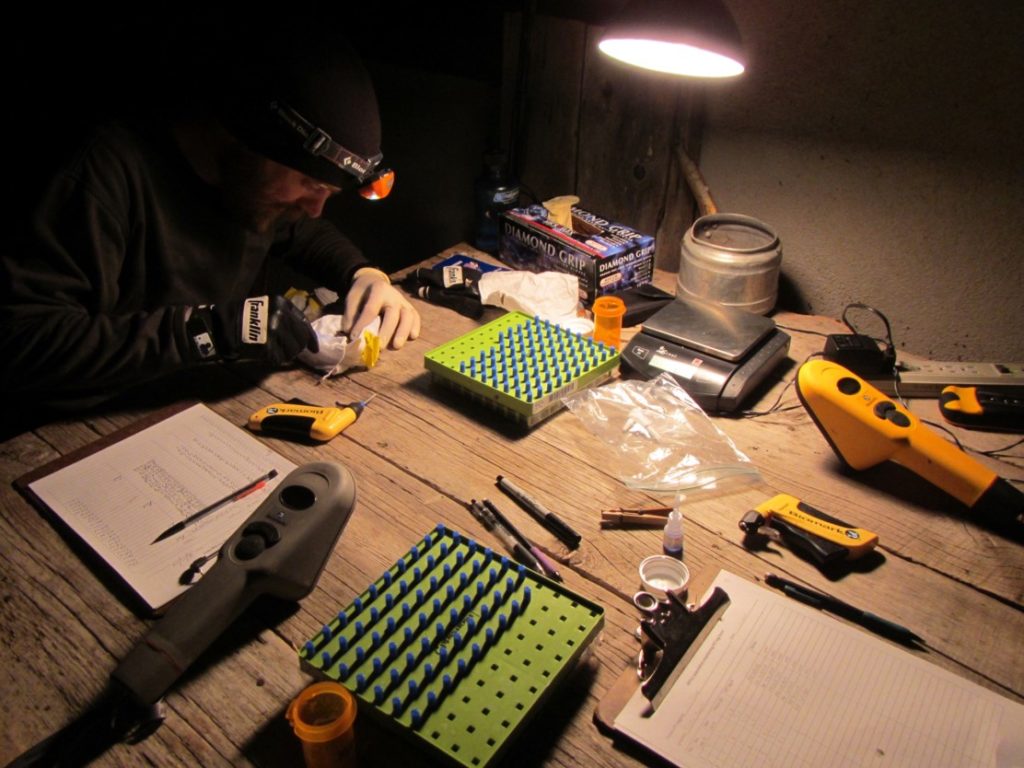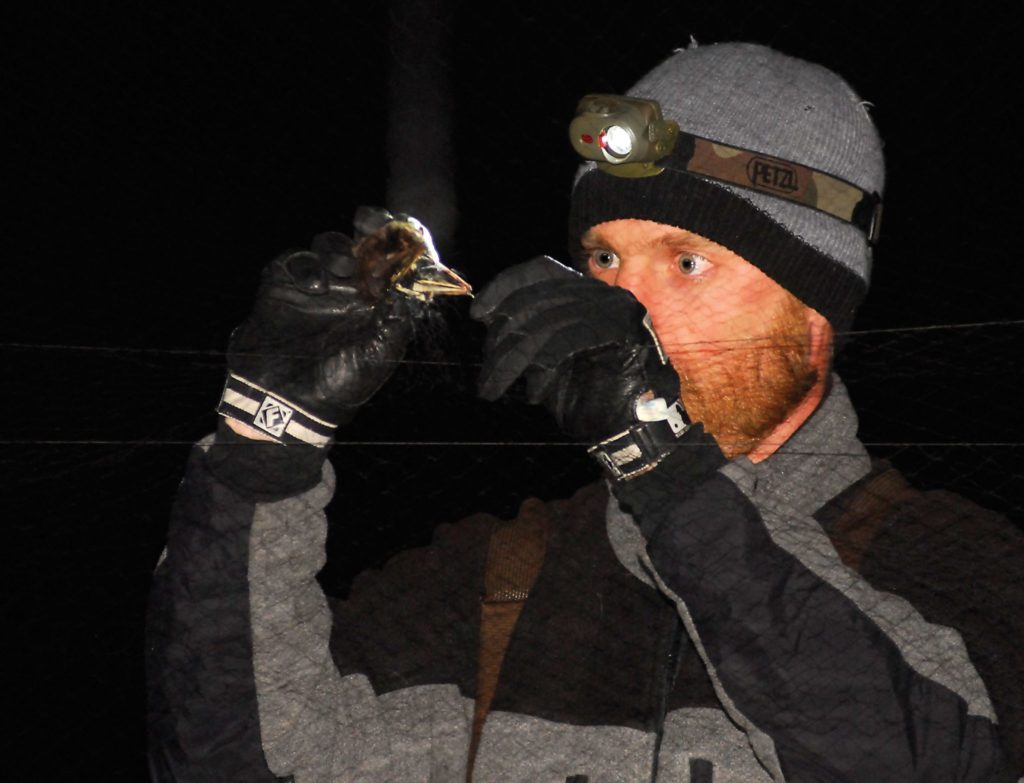North American bats face unprecedented threats that include habitat loss and fragmentation, white-nose syndrome, wind energy development and climate change. Researchers have struggled to measure the impacts of these threats across the continent as most monitoring of the species has been conducted on a small scale through individual projects.

A recent study called NABat: A top down, bottom-up solution to collaborative continental-scale monitoring, co-authored by Jeremy Siemers, leader of the zoology team at Colorado Natural Heritage Program at Colorado State University, presents a continental-wide, collaborative monitoring effort called the North American Bat Monitoring Program set to address knowledge gaps by aggregating bat data from across the continent.
“The idea is that if you’re doing a small, local project gathering information about your local bat population, you can contribute the data to NABat,” Siemers said. “You can provide information and contribute to the estimation of trends and occupancy across the region, the country [and the continent].”
Led by the United States Geological Survey, NABat utilizes an extensive community of partners across the continent to gather data about bat populations at local, regional and range-wide scales, using a master sample approach in which North America is divided into a framework of 10 x 10 km (100 km) grid cells. Reporting and data gathering are then conducted through a system of standardized protocols and monitoring hubs set up by NABat.
The data collected are used not just to identify threats and assess extinction risk, but also to set conservation priorities and evaluate the effectiveness of conservation efforts, said Siemers who acts as a coordinator for NABat in the state of Colorado through his role at CNHP and with support from Colorado Parks and Wildlife.
“In general, there’s very little known about bat populations across the continent, especially relative to some other species groups,” Siemers said. “Bats are being affected by many threats, and they’re also critical components of the ecosystems they live in.”
Standardized protocols for data collection
Siemers and other researchers implement a set of protocols to designed to standardize data collected by collaborative partners. Those partners include local, federal, state, and provincial agencies, non-governmental organizations, and universities who are collecting monitoring data across the continent. The partners work across federal, state, local and private lands, which is another unique aspect of this program, Siemers said.
“The whole point of this is to get everybody using the same protocol across the whole continent,” Siemers said. “With all the different entities involved, that that takes a lot of coordination and effort.”
The protocols were designed to accommodate variation in resources, personnel and locations, Siemers said. The researchers focused on providing clear but adaptable guidance for bat monitoring efforts in the U.S., Canada and Mexico.
For instance, in an effort to standardize data collection NABat provides guidance and resources like datasheets and protocols for bat monitoring methods such as: mobile acoustic surveys along driving transects; acoustic surveys at stationary points; external roost counts; internal winter hibernaculum counts; and maternity colony counts.
“Getting everyone on the same page in how researchers collect and report data is one of the main advantages of a program like this.” Siemers said.
Modern tools and monitoring hubs
NABat is delivered through an ever-growing number of monitoring hubs, which are networks of local partners across one or more states or provinces. The hubs help to standardize data collection protocols, maximize efficiencies in resource allocation, provide training and contextualize monitoring data to address the needs of local partners.
Siemers’ role at CNHP allows him to survey Colorado bats, and as a collaborator with the program, his data can now be contributed to NABat through a modern, web-based application called the NABat Partner Portal, a centralized, online database to help direct monitoring efforts.
“Here we’re trying to inform population trends for bats across Colorado. This is a coordinated effort that we can look at combined data that we collect at a state level, or even at the more local level and combine it with other data being collected at the regional level.”

The data he and other collaborators in the state contribute to NABat through the portal will help tell a bigger picture about bats in North America.
“When collected with the country or at the continent level, it makes for more effective inferences based upon the smaller data set that we collect. When it’s combined together makes a more effective monitoring program,” Siemers said.
“It’s also a great opportunity for CNHP and CSU to be involved in studying an understudied species group, and to be able to contribute to the knowledge base of their population levels.”
To learn more about the NABat program, visit the program website. To learn more about the Colorado Natural Heritage Program at CSU, visit the website here.

